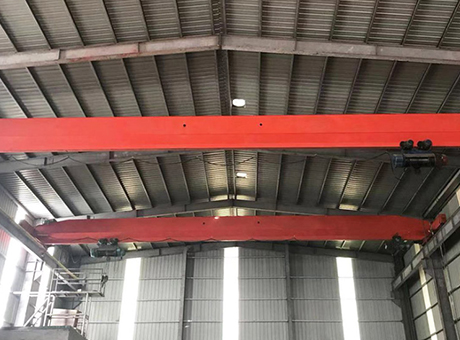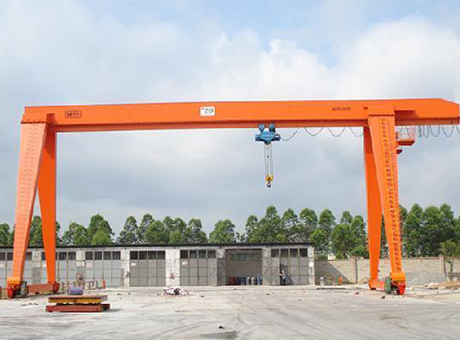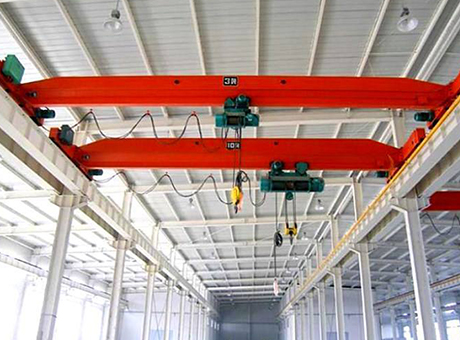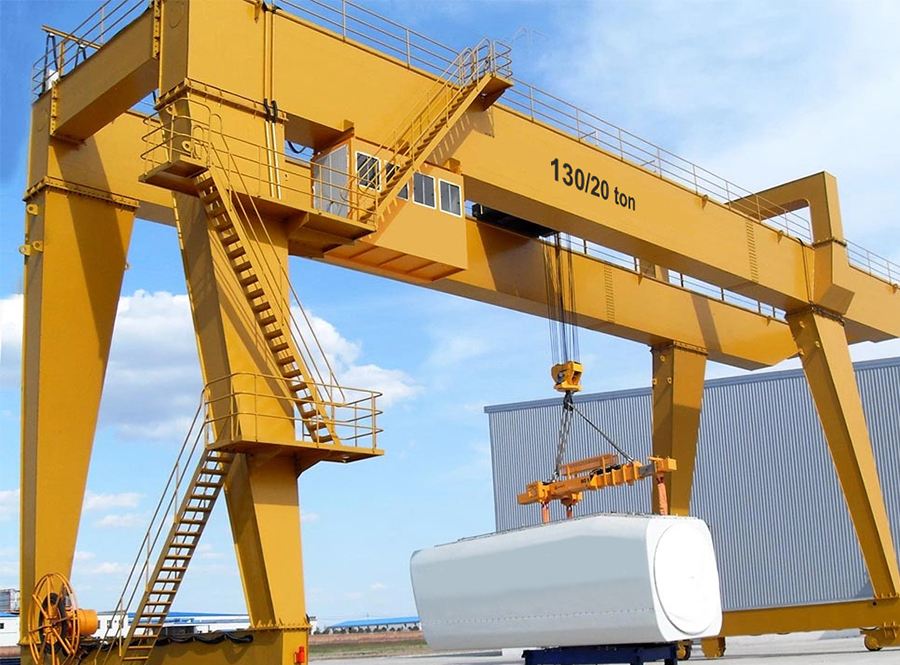In industry and construction, lifting equipment plays an important role, including cranes and gantry cranes. Although both are mechanical devices used to carry and lift heavy loads, there are some distinct differences in design and purpose between cranes and gantry cranes. This article will explore the difference between cranes and gantry cranes to better understand their characteristics and advantages in different applications.

Structure and working principle:
Overhead Crane: A crane is a crane that is suspended from a ceiling or elevated structure. It usually consists of a beam, a lifting mechanism, an electric drive system and a control system. The crane moves on the elevated track through the beam to facilitate the handling and lifting of heavy objects. Its operation is usually a dual-track or multi-track approach.
Gantry Crane: A gantry crane is a type of crane that has a beam and pillar structure. Its beams are supported on two or more uprights, forming a frame structure similar to a door. The gantry crane moves laterally through rails or moving wheels on the ground to facilitate the handling and lifting of heavy objects.
Application fields:
Cranes: Cranes are widely used in industrial production lines, ports, docks, warehouses and manufacturing plants. They are suitable for handling tasks that require lateral movement over large distances, such as moving heavy loads from one location to another on a production line.
Gantry cranes: Gantry cranes are usually used in docks, container terminals, logistics centers and construction sites. Due to its stable structure and ability to cover a large working area, gantry cranes are often used for tasks that require large-scale handling and lifting, such as loading and unloading containers, stacking materials, etc.
Load capacity and dimensions:
Crane: The carrying capacity of the crane is usually high and can be customized according to demand, ranging from several tons to hundreds of tons. They are relatively small in installation height and size, and are suitable for installation on the ceiling of a factory or warehouse.
Gantry Cranes: Gantry cranes have a wide range of load-carrying capacities, ranging from a few tons to thousands of tons. Due to their frame construction and spanning design, gantry cranes are usually larger than cranes and are suitable for sites that need to handle heavy loads and large projects.

Flexibility and Mobility:
Crane: The crane has high flexibility in the working area, and can move on the beam and perform precise positioning. They usually operate on fixed orbits, but can also extend their orbits to increase their coverage.
Gantry Cranes: Gantry cranes have greater lateral mobility because they can move along the ground or on a platform with tracks. This makes gantry cranes more suitable for tasks that require frequent movement between different areas.
in conclusion:
As different types of lifting equipment, cranes and gantry cranes have some obvious differences. The crane is suitable for places such as industrial production lines and warehouses. It has a small size and high load-carrying capacity, and can be precisely positioned on a limited track. The gantry crane is suitable for places that require large-scale handling such as docks, container terminals, and construction sites. It has a larger size and carrying capacity, and can move laterally on the ground or on a platform with tracks.
When choosing suitable lifting equipment, it should be decided to use a crane or a gantry crane according to the specific application requirements and site characteristics. This ensures efficient and safe handling and lifting tasks, increasing productivity.





















